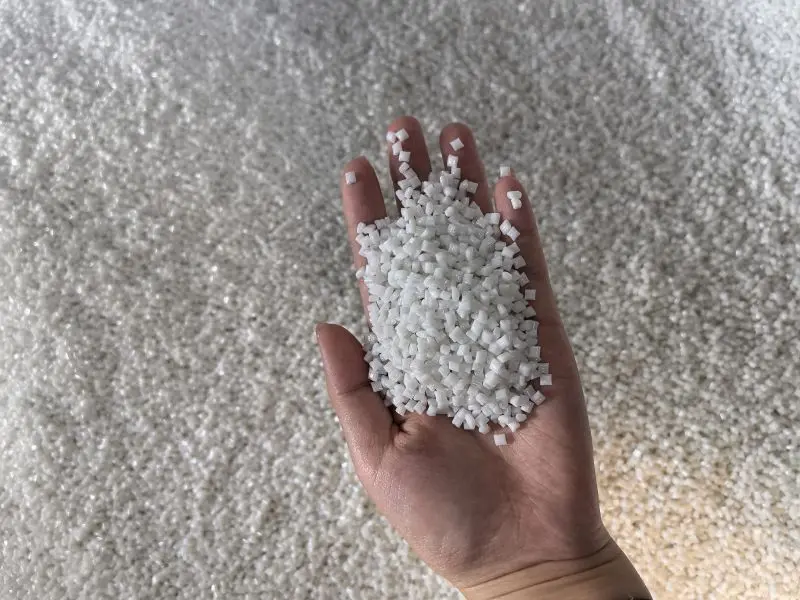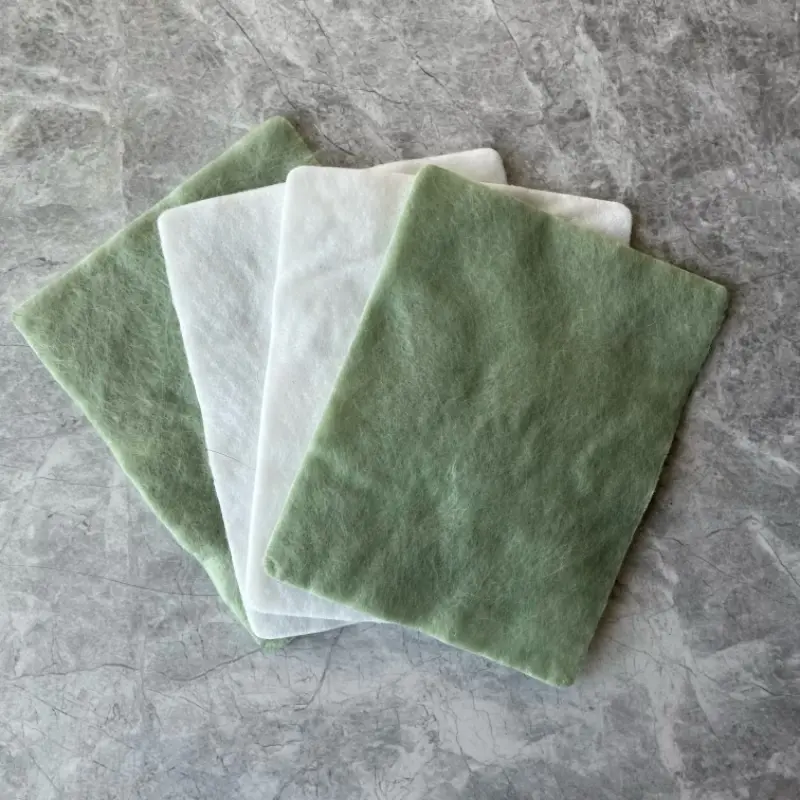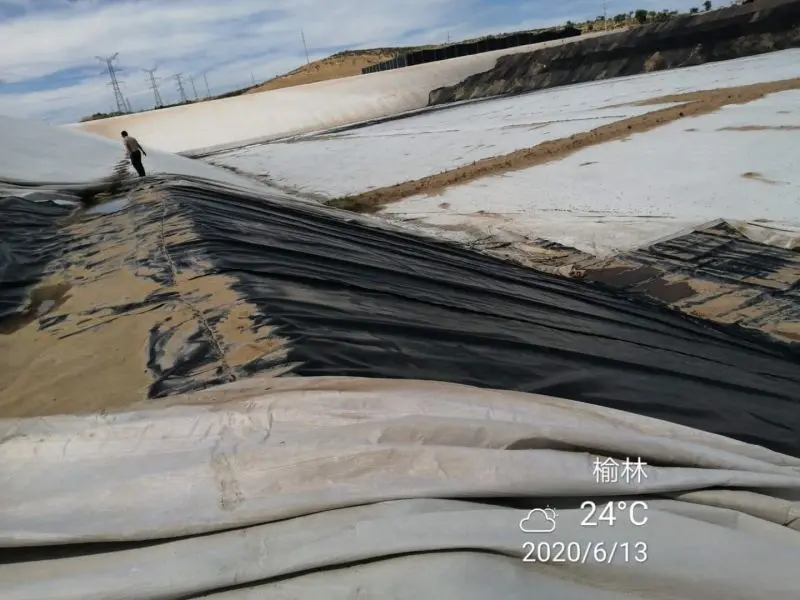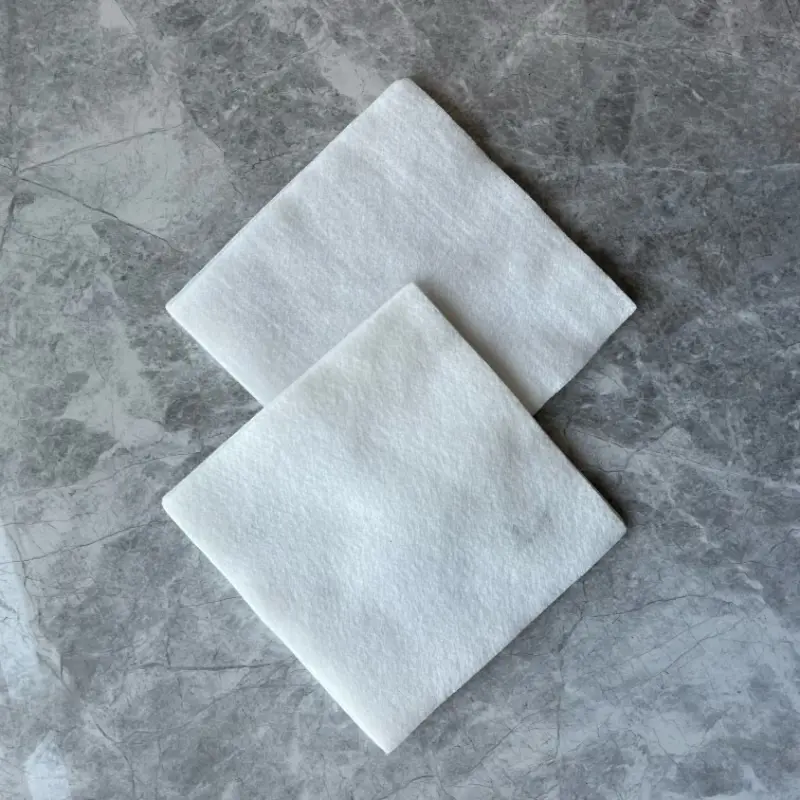PET Plastic

PET, commonly known as polyester resin, is a crystalline saturated polyester. It is a milky white or light yellow, highly crystalline polymer with a smooth and glossy surface. It has good resistance to creep, fatigue, abrasion, and dimensional stability. It has low wear and high hardness, but it is not resistant to hot water immersion and alkalis.
Advantages of PET material
1, The heat deformation temperature and long-term use temperature are the highest among thermoplastic general engineering plastics.
2, Because of its high heat resistance, reinforced PET undergoes little deformation or discoloration when immersed in a tin solder bath at 250°C for 10 seconds, making it particularly suitable for the preparation of tin-soldered electronic and electrical parts.
3, The bending strength is 200MPa, the elastic modulus reaches 4000MPa, and it has good resistance to creep and fatigue. The surface hardness is high, and the mechanical properties are similar to thermosetting plastics.
4, Since the price of ethylene glycol used to produce PET is almost half that of butanediol used to produce PBT, PET resin and reinforced PET are the lowest-priced engineering plastics, with a very high cost-performance ratio.
Applications of PET plastic
PET is widely used in daily life. In plastic classification, PET is identified as number 1. It is mainly used in the field of electronics and electrical appliances, such as electrical sockets, electronic connectors, rice cooker handles, and so on. In addition, PET materials also have the following uses:
1, Can be spun into polyester fibers, namely polyester.
2, Can be made into films for recording, videotapes, film substrates, insulating films, product packaging, etc.
3, Can be blow molded into various bottles, such as cola bottles, mineral water bottles, etc.
4, Can be used as electrical components, bearings, gears, etc.
What is PET geotextile

PET, commonly known as polyester resin, is a crystalline saturated polyester. It is a milky white or light yellow, highly crystalline polymer with a smooth and glossy surface. It has good resistance to creep, fatigue, abrasion, and dimensional stability. It has low wear and high hardness, but it is not resistant to hot water immersion and alkalis.
Advantages of PET geotextiles
PET geotextiles offer several advantages in geotechnical and civil engineering applications:
1, High Strength and Durability: PET (polyethylene terephthalate) is known for its strength and durability. Geotextiles made from PET fibers exhibit excellent tensile strength and resistance to degradation from environmental factors such as UV radiation and chemical exposure.
2, Excellent Filtration Properties: PET geotextiles effectively filter soil particles while allowing water to pass through. This helps in preventing soil erosion, maintaining soil stability, and promoting healthy vegetation growth.
3, Dimensional Stability: PET geotextiles maintain their dimensions and properties over time, providing long-term stability to civil engineering structures such as roads, embankments, and retaining walls.
4, Chemical Resistance: PET geotextiles are resistant to chemicals found in soil and water, making them suitable for various environmental conditions, including acidic or alkaline soils.
5, UV Resistance: PET geotextiles can withstand prolonged exposure to ultraviolet (UV) radiation without significant degradation, making them suitable for outdoor applications.
6, Ease of Installation: PET geotextiles are lightweight and easy to handle, facilitating quick and efficient installation. This can lead to cost savings in terms of labor and time.
7, Environmentally Friendly: PET geotextiles are often made from recycled PET materials, contributing to sustainability efforts by reducing waste and reliance on virgin materials.
8, Versatility: PET geotextiles are available in various thicknesses, strengths, and configurations to suit different engineering requirements, providing versatility in design and application.
In a word, PET geotextiles offer a combination of strength, durability, and environmental compatibility, making them a preferred choice for a wide range of geotechnical and civil engineering projects.
Application area of pet geotextiles

These are some of the key application areas where PET geotextiles are commonly used to enhance the performance and longevity of civil engineering and environmental projects.
1, Road and railway Construction: PET geotextiles are used in road construction for separation, filtration, and reinforcement purposes. They help to improve the stability and longevity of roads by preventing the mixing of different soil layers, filtering water, and reinforcing the soil structure.
2, Retaining Walls: PET geotextiles are utilized in the construction of retaining walls to provide structural support and prevent soil erosion. They improve the stability of the wall structure by reinforcing the soil mass and promoting drainage.
3, Landfill Liners: PET geotextiles serve as part of landfill liners to prevent the leakage of contaminants into the surrounding soil and groundwater. They provide a protective barrier between the waste materials and the environment, contributing to environmental protection and safety.
4, Slope Stabilization: PET geotextiles are used for slope stabilization in areas prone to erosion and landslides. They help to reinforce the soil structure, reduce surface runoff, and promote vegetation growth, thereby stabilizing slopes and preventing soil erosion.
5, Erosion Control: PET geotextiles are employed for erosion control measures along riverbanks, coastlines, and other areas susceptible to erosion. They help to protect the soil surface from the erosive forces of water and wind, maintaining the integrity of the landscape and preventing sedimentation in water bodies.
6, Landscaping and Gardening: PET geotextiles are used in landscaping and gardening applications to improve soil drainage, prevent weed growth, and promote healthy plant growth. They are often used as landscaping fabrics under mulch or gravel to create a stable and weed-free surface.
FAQ
1, What is PET geotextile?
PET geotextile refers to a type of geosynthetic material made from polyethylene terephthalate (PET) fibers. These synthetic fibers are woven or non-woven into a fabric structure, providing properties such as strength, durability, and filtration.
2, What are the advantages of PET geotextiles?
PET geotextiles offer several advantages, including high tensile strength, durability, resistance to environmental factors such as UV radiation and chemicals, excellent filtration properties, and ease of installation.
3, What are the common applications of PET geotextiles?
PET geotextiles find applications in various civil engineering and environmental projects, including road construction, railway stabilization, retaining walls, landfill liners, slope stabilization, erosion control, landscaping, and stormwater management.
4, How do PET geotextiles contribute to environmental sustainability?
PET geotextiles can be manufactured using recycled PET materials, contributing to sustainability efforts by reducing waste and reliance on virgin resources. Additionally, their use in erosion control and soil stabilization helps protect natural habitats and prevent environmental degradation.
5, How do I choose the right PET geotextile for my project?
Choosing the appropriate PET geotextile depends on factors such as the specific application, site conditions, required strength and filtration properties, and environmental considerations. Consulting with geotechnical engineers or suppliers can help determine the most suitable product for your project needs.

897.webp)
942.webp)
237.webp)